Heterotaxy Syndrome Icd 10
Heterotaxy syndrome icd 10. ICD-9-CM 74689 is a billable medical code that can be used to indicate a diagnosis on a reimbursement claim however 74689 should only be used for claims with a date of service on or before September 30 2015. Q8901 is a billablespecific ICD-10-CM code that can be used to indicate a diagnosis for reimbursement purposes. 7590 Q8901 Q8909 polyspleniaasplenia.
The 2021 edition of ICD-10-CM Q240 became effective on October 1 2020. Q8909 is a billablespecific ICD-10-CM code that can be used to indicate a diagnosis for reimbursement purposes. This is the American ICD-10-CM version of Q248 - other.
Organs are expected to be in a particular orientation inside of the body known as situs solitus. This condition is also known as situs ambiguus Unlike situs inversus the abnormal arrangement of organs in heterotaxy syndrome often causes serious health problems. The 2021 edition of ICD-10-CM Q8909 became effective on October 1 2020.
Asplenia with cardiovascular anomalies also known as Ivemark syndrome and right atrial isomerism is an example of a heterotaxy syndrome. Situs inversus is a congenital condition in which the major visceral organs are reversed or mirrored from their normal positions. All usually involve heart defects of varying types and severity.
This is the American ICD-10-CM version of Q240 - other international versions of ICD-10 Q240 may differ. Heterotaxy syndrome also known as situs ambiguous is a congenital condition that results in an abnormal distribution of visceral organs in the chest. This is the American ICD-10-CM version of Q893 - other international versions of ICD-10 Q893.
Another name is asplenia-cardiovascular defect-heterotaxy. The 2021 edition of ICD-10-CM Q8901 became effective on October 1 2020. This is the American ICD-10-CM version of Q8901 - other international versions of.
The 2021 edition of ICD-10-CM Q248 became effective on October 1 2020. Cong heart anomaly NEC.
Q893 is a billablespecific ICD-10-CM code that can be used to indicate a diagnosis for reimbursement purposes.
The normal arrangement of internal organs is known as situs solitus. Primary HT recipients not meeting these criteria formed the comparison. Heterotaxy syndrome is an arrangement of internal organs somewhere between situs solitus and situs inversus. Although cardiac problems are more common many people with situs inversus have no medical symptoms or complications resulting from the condition and until the advent of modern medicine it was usually. This is the American ICD-10-CM version of Q248 - other. The normal arrangement of internal organs is known as situs solitus. Heterotaxy syndrome is a rare birth defect that involves the heart and other organs. ICD-9-CM 74689 is a billable medical code that can be used to indicate a diagnosis on a reimbursement claim however 74689 should only be used for claims with a date of service on or before September 30 2015. The 2021 edition of ICD-10-CM Q8901 became effective on October 1 2020.
This is the American ICD-10-CM version of Q240 - other international versions of ICD-10 Q240 may differ. Asplenia with cardiovascular anomalies also known as Ivemark syndrome and right atrial isomerism is an example of a heterotaxy syndrome. The 2021 edition of ICD-10-CM Q248 became effective on October 1 2020. Organs are expected to be in a particular orientation inside of the body known as situs solitus. Q8909 is a billablespecific ICD-10-CM code that can be used to indicate a diagnosis for reimbursement purposes. Heterotaxy is a condition characterized by internal organs that are not arranged as would be expected in the chest and abdomen. The 2021 edition of ICD-10-CM Q8901 became effective on October 1 2020.

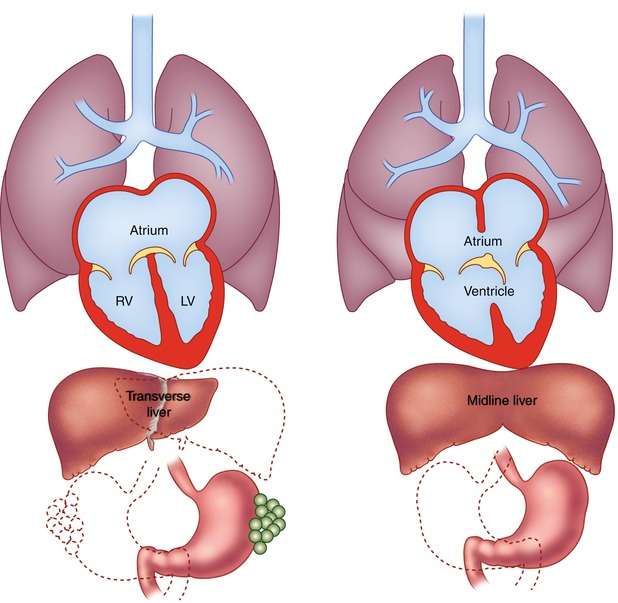

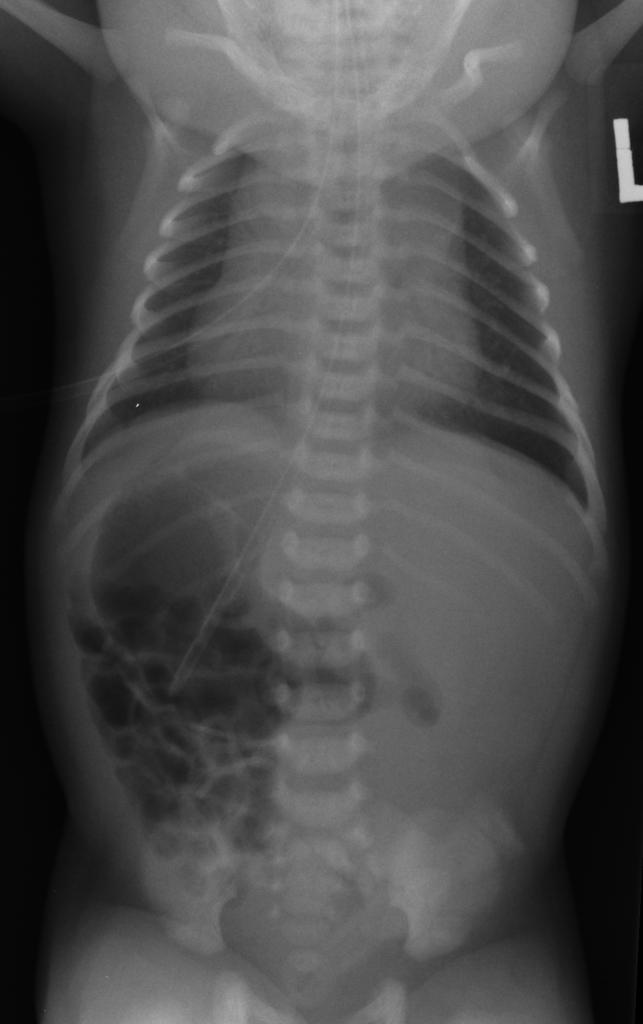











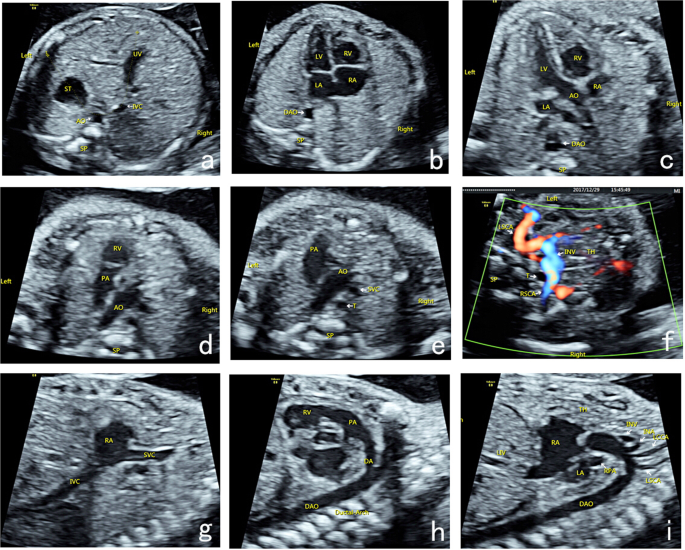








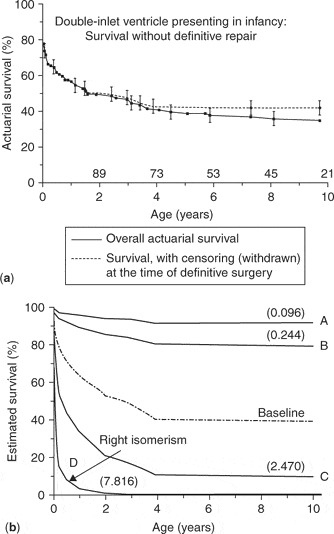






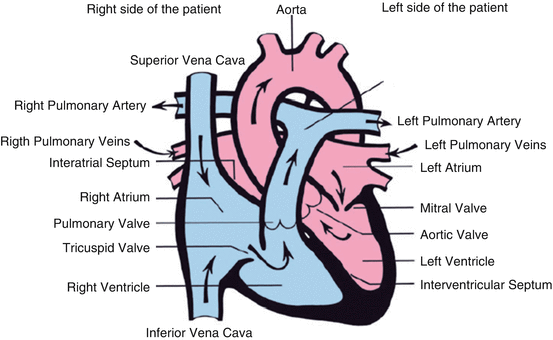






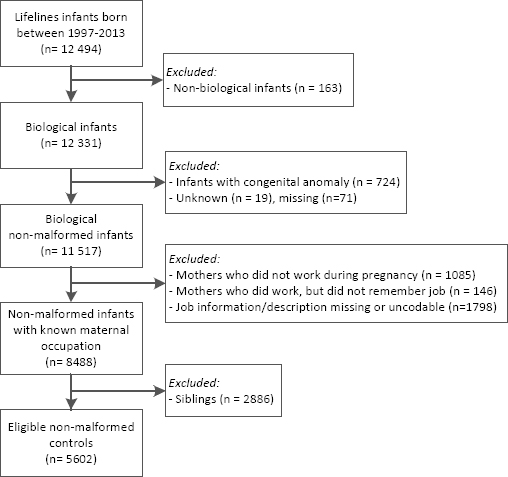


Posting Komentar untuk "Heterotaxy Syndrome Icd 10"